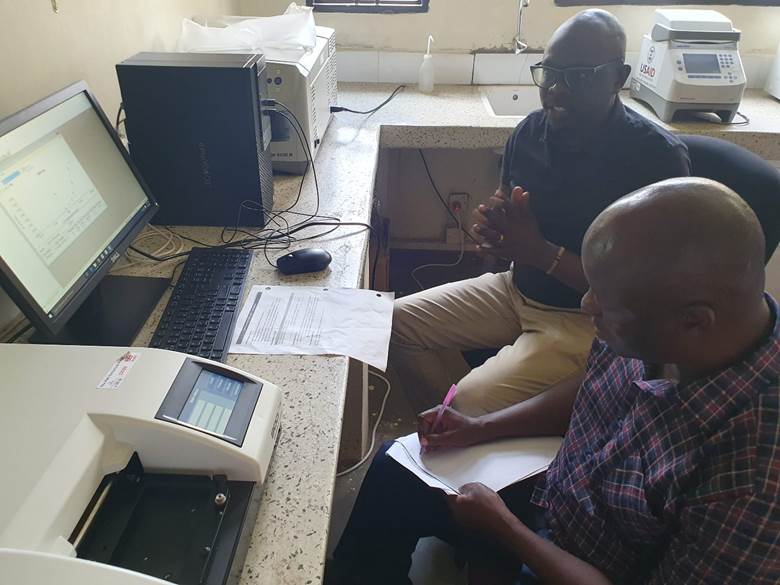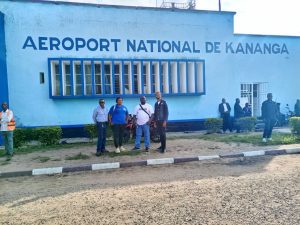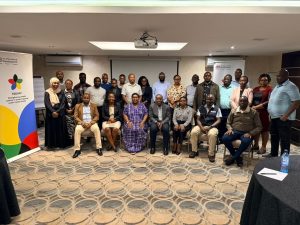Uganda adopts new testing protocol after 5th onchocerciasis triannual prevalence survey
-
by
AFENET
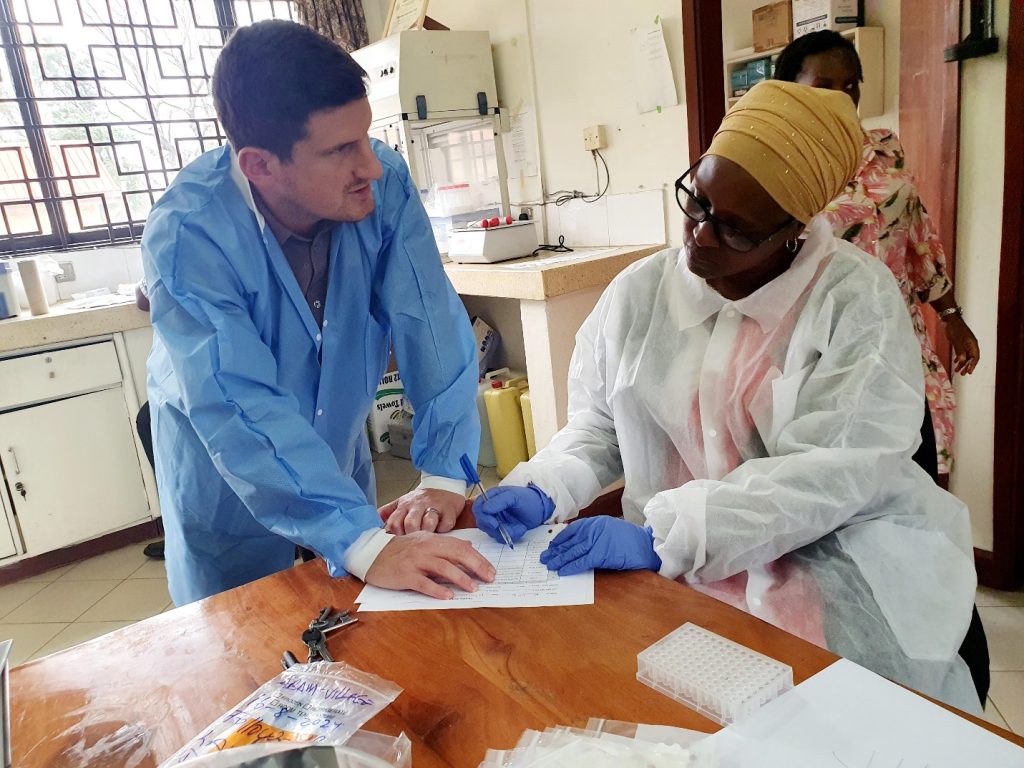
It is now 12 years since AFENET started collaborating with the Uganda ministry of health’s Neglected Tropical Diseases (NTD) program to conduct onchocerciasis triannual prevalence surveys whose main objective is to provide important evidence to stop mass drug administration in affected communities. The study also aims to evaluate the sensitivity of current onchocerca volvulus diagnostic tests.
Between 16 – 20 September 2024, AFENET in collaboration with the US Centers for Disease Control and Prevention (CDC) and the Task Force for Global Health supported the NTD program to adopt a new onchocerciasis testing protocol (Ov16m ELISA) which promises more accurate and cost-effective testing of the disease. Following completion of this training,, analysis of over 2,800 samples from the 4th and 5th onchocerciasis triannual prevalence survey, commenced at the Health ministry’s Neglected Tropical Diseases (NTD) laboratory in Kampala.
Uganda’s NTD laboratory was previously using the OEPA ELISA protocol and different versions of that including one called AP ELISA to test for onchocerciasis.
Also known as river blindness, onchocerciasis is caused by the parasitic worm Onchocerca volvulus. It is transmitted to humans through exposure to repeated bites of infected blackflies of the genus Simulium. Symptoms include severe itching, disfiguring skin conditions, and visual impairment, including permanent blindness. More than 99% of infected people live in 31 African countries, according to the World Health Organization.
Mr. Scott Elder, a microbiologist with the US CDC who co-facilitated the training, explained that the OV16m ELISA protocol has promising sensitivity and specificity higher than the other ELISAs.
“Additionally, it is a much shorter protocol, and we believe that it is more consistent. The OEPA and AP protocols take between 5-7 hours and this protocol takes about one hour and a half. So, it is much shorter, and it can run about 37-38 on the plate currently,” explained Elder. “This however does not invalidate the previous results but all we are doing is to find a good and quicker tool moving forward.”
Mr. Paul Akampulira, a laboratory scientist who attended the training, concurs with Mr. Elder about efficiency and cost effectiveness, as far as the new protocol is concerned.
“The New Ov16m takes a shorter time and has few steps to produce results which not only saves time and reagents used but more so reduces chances of error that would happen using the longer OEPA method. It is also found to be very sensitive and specific thus there is no need to do another test on those found positive thus cutting cost.”
Mr. Elder co-facilitated with Mr. Philip Kutjok, a consultant with the Taskforce for Global Health, who espoused the need for close cross-border collaborations in the fight against neglected tropical diseases.
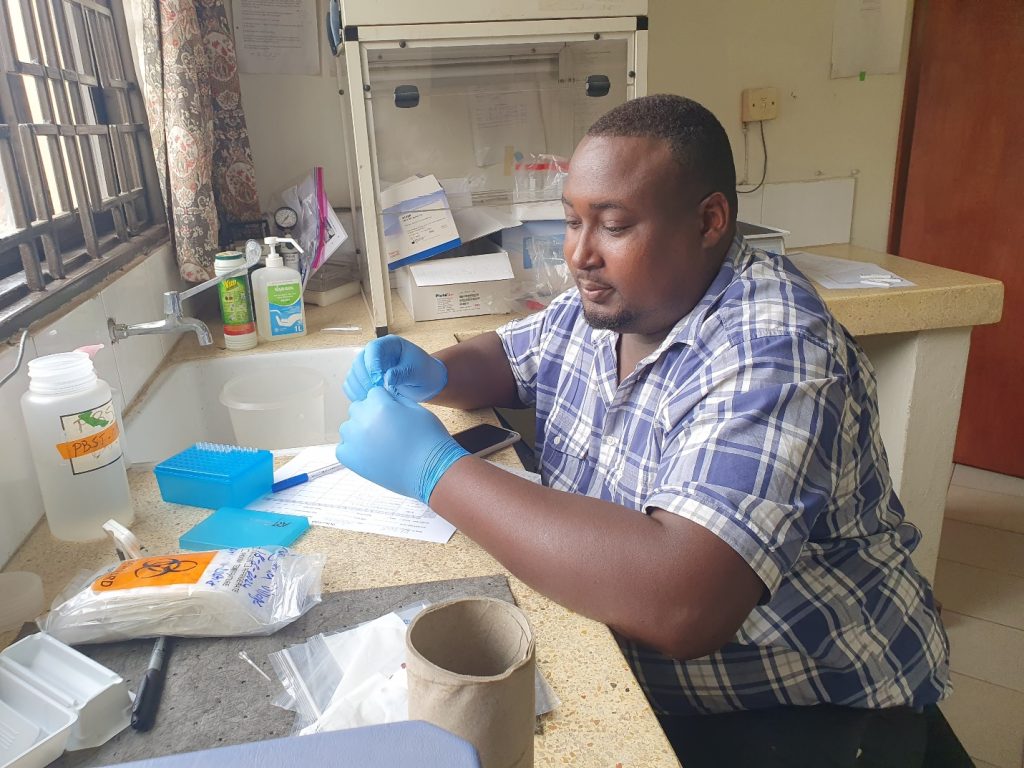
AFENET’s NTD Technical Lead and a Co-Investigator for Uganda tri-annual survey, Dr Ben Masiira, said: “this new protocol is a game changer in the diagnosis of onchocerciasis infection, and we have deployed it in countries like Benin, Ghana and Tanzania. I thank the US CDC in supporting countries in Africa to role this new diagnostic tool. The latest survey also aims to also aims to evaluate the distribution of other markers of O. volvulus infection in multiple age groups over time.”
The Government of Uganda launched a national onchocerciasis elimination policy in 2007, with complementary vector control and bi-annual mass treatment of affected communities with ivermectin and significant progress has been registered over the years.
In an August 15 statement by the Minister for Health Dr Jane Ruth Aceng, she observed that Uganda was nearing the last mile of eliminating river blindness.
“The 16th meeting of the Uganda Onchocerciasis Elimination Expert Advisory Committee (UOEEAC) of the Ministry of Health, held from 9th to 10th August 2023 at the Sheraton Hotel, Kampala concluded that another river blindness-endemic focus had met the World Health Organization’s (WHO) criteria for eliminating river blindness transmission following three years of active surveillance for infection after halting ivermectin mass treatment. The Nyagak-Bondo focus, with a population of 649,137, joins the other 14 foci that previously eliminated disease transmission in Uganda, bringing the total foci to 15,” the minister’s statement read in part.
None-the-less, challenges still abound. Dependence on partner support, poor sustainability capacity in districts, the continuous influx of refugees from South Sudan, and potential cross border transmission were cited as challenges by the NTD program.
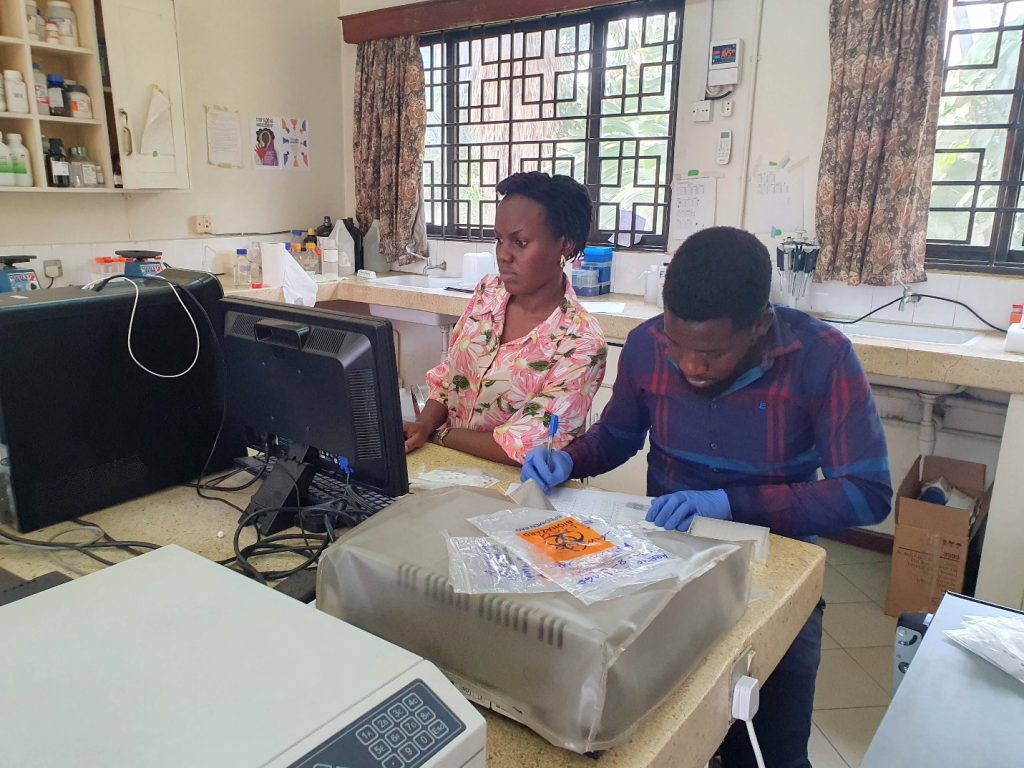
Ms Monica Ngabirana -Lab Technologist &and Mr. Reagan Ddamba – Lab Technician at the Uganda NTD Laboratory

Lab Technician Mr. Reagan Ddamba displays samples at the Uganda NTD Laboratory
